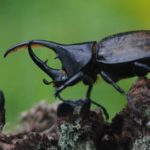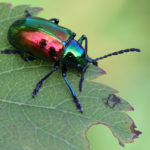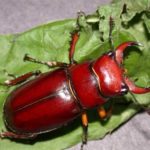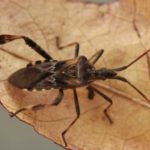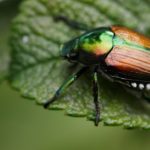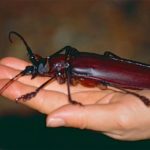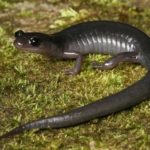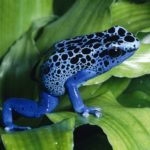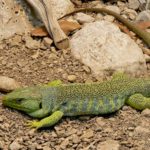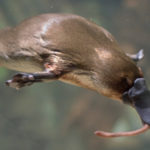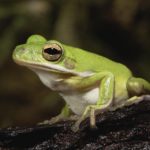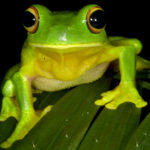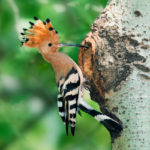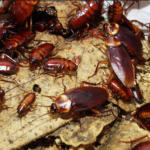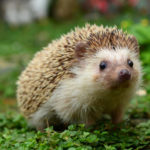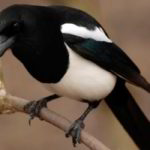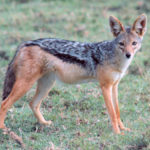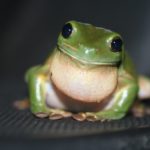Facts about beetles
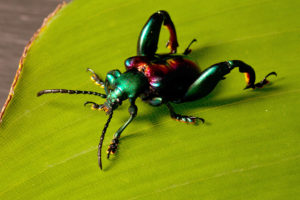 Beetles are very different. Some of them are herbivores, others predatory, there are among them giants and crumbs, able to fly and move only on foot, there are also beetles capable of living both on land and under water. Interesting facts about beetles will help you learn more about them.
Beetles are very different. Some of them are herbivores, others predatory, there are among them giants and crumbs, able to fly and move only on foot, there are also beetles capable of living both on land and under water. Interesting facts about beetles will help you learn more about them.
- Beetles belong to the order of coleoptera, they are one of the numerous representatives of the class of insects.
- They live in many places – in deserts and tundra, forests and mountains, in human food and animal burrows, in tree trunks and on flowers.
- Among them there are cleaners – orderlies. They decompose wood, carcasses of animals and their manure.
- Man constantly struggles with beetles eating grain stocks in warehouses, berries and fruits in the gardens, vegetables in the gardens. With the help of other beetles, man has learned to destroy these pests. Predatory and parasitic beetles often act as crop protectors.
- Sinanthropus is a group of animals that has adapted to life alongside humans. Among the beetles are species that consume woolen carpets, museum collections, fur coats and antique furniture.
- Like all other insects, in beetles the body is covered with chitin, which forms their outer skeleton. The beetles are very well developed. Therefore, their body is particularly firmly and reliably protected.
- They have two pairs of wings, having a different structure and purpose. The anterior pair of them is leathery, devoid of veins, called elytra. When the insect is in flight the elytra is elevated, but still. They serve to balance the flying body. Also, the elytra, when folded, protects the lower webbed wings that the insect needs to fly.
- Not all beetles have wings, there are not even elytrae among females of fireflies.
- Bugs develop with complete transformation. In their development, each of them passes four consecutive stages (egg – larva – pupa – imago).
- The smallest beetle is a featherfly, its size does not exceed a millimeter. The largest representatives of the detachment are relict woodcutter and oat-flakes. Their dimensions can be equal to 15 or more centimeters. However, even within one species, the size of beetles can vary greatly, it depends on whether the insect was well fed on the stage of the larva.
- Bugs are characterized by sexual dimorphism – the difference between females and males in external characters (color, size). Males often also contain different outgrowths (horns, claws, outgrowths).
- Gnawing mouthpiece allows beetles to eat not only soft raw food, but also very hard dry.
- About 300 thousand species of beetles are described, but scientists are sure that they are 2-3 times larger. To draw such a conclusion helped them experience, conducted in the rainforest. Spraying a special composition over the crown of trees, they collected a lot of insects on the underlying cloth, among which there were a large number of unknown species, including coleoptera. After calculating their percentage, the scientists came to the conclusion that 2-3 more species of beetles have not been studied, rather than known.
- The number of the kind of lumberjack – beetle dendrocroton, harming coniferous trees is regulated by its natural enemy beetle rhizophagus.
- There are about five thousand species in the family. Some of them eat pests of plants, such as spider mite, aphid, leaf block, whitefly, chervets. Others feed on plant food. The unpleasant smell of these beetles is caused by the hemolymph that stands out in the event of danger. The fact that the ladybugs are not tasty informs other predators of the bright color of these beetles.
- It was the ladybirds that were the first to be used to fight pests for the sake of saving the harvest. It was in ancient China. There, orange and tangerine trees, thus, had to be protected from scabbards.
- In the Far East, there is no Colorado beetle, but a niche in the garden is occupied by a potato cow (28-point, or epilahna).
- To life on the water are adapted vertyanki. These beautiful beetles live mostly in the tropics. But about 20 species live in our country. They form accumulations on the surface of the water and spin, hunting for living trifles or eating dead their remains. In case of danger, beetles dive, taking with them to the body a layer of atmospheric air, which they breathe. Vertyanka have external digestion as spiders and some other animals.
- The most numerous family in the detachment are elephants, or weevils. In the world of their described 75 thousand species. Their distinguishing feature is the presence of a mouthpiece in the form of a rostrum – an elongated anterior end of the head. At the end of it there are miniature jaws of a beetle. With such a device, the beetle drills holes in hard seeds and in wood to push the eggs into them. The elephants damage the plants, and the man identified them as a group of harmful insects.
